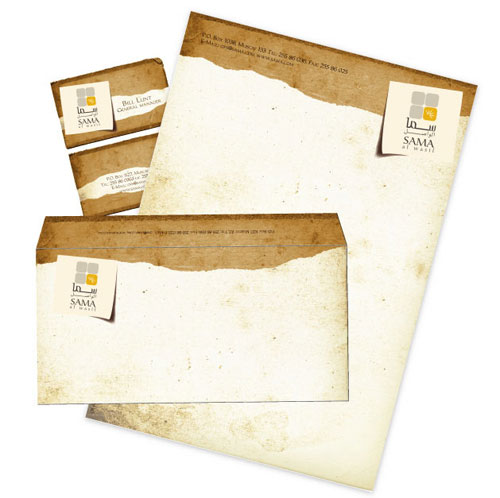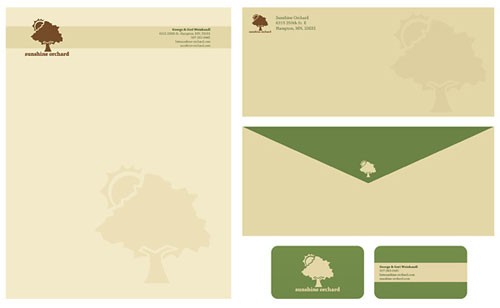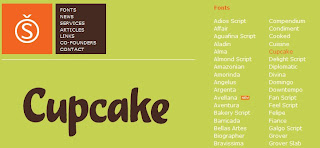So in this post, I get into the creating of the packaging itself.
Its rough and doesn't really show any fold or preferating lines. These were sketched up on the bases of showing me that frame that will create my box.
I drew this up thinking it would work but when I made a small prototype, I couldn't figure how to stick the back on completely. =_=!
Outline 2 was getting somewhere but then I realised that the H and W were swapped around! =_=!!
Outline 3 worked! I half in a daze when I did up Outlines 1 and 2 and my entire evening was wasted on them too. Outline 3, I had to resort to a real type of packaging base and copied it.
Many have the dimensions placed in so it would help when it came to doing the real thing in Illustrator.
This shows a close up of how the tabs would look. Also, I thought of something else to make the packaging unique and that was to cut a window out on one side of the box. That side would have the nutritional values of the lunch box. Where the window is, the fruit box can be positioned there and the window is used to display the nutritional value of the fruit box.
As for these two, these show the front of the box. The right is the front but the scan on the left shows the application of the tab, which is the beak of the kookaburra. it shows the measurements too.
With preferations, my initial goal of the packaging was to use the 'beak', which will stick out, as a tab to tear the front of the box open. On the otherside of that front or should I say 'lid' would hold further details/instructions on the collectables. Though, I did make some prototypes and tested the tearing back of the tab but... I found that it didn't really lift the entire front off but rather tore right through the middle. This was a bit of a problem and to solve it, even though I didn't like the solution, I had to make a preferation through the middle first to allow the tab to work and then created other preferations to allow further opening, which the users would have to tear back them selves. This also kinda ruined my idea of putting the collectable details behind it.
The red indicates to pull tab to open box. Then the ares with the yellow X ark where the rest of the opening of the box takes place.
Oh yes, the tab is embedded on the side so one would would have to push the side, where the tab is located, in and pull the tabl out to make it work.
Like I said, this solution was not a great idea for opening. -___-!









































